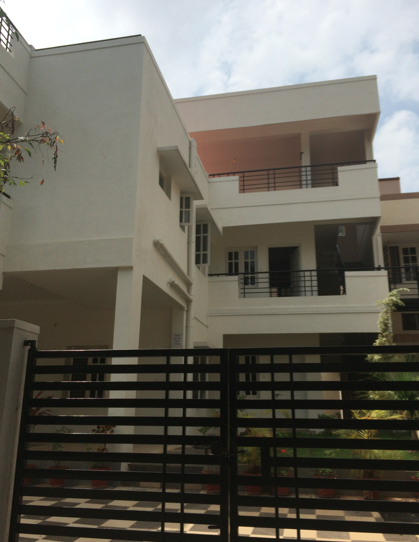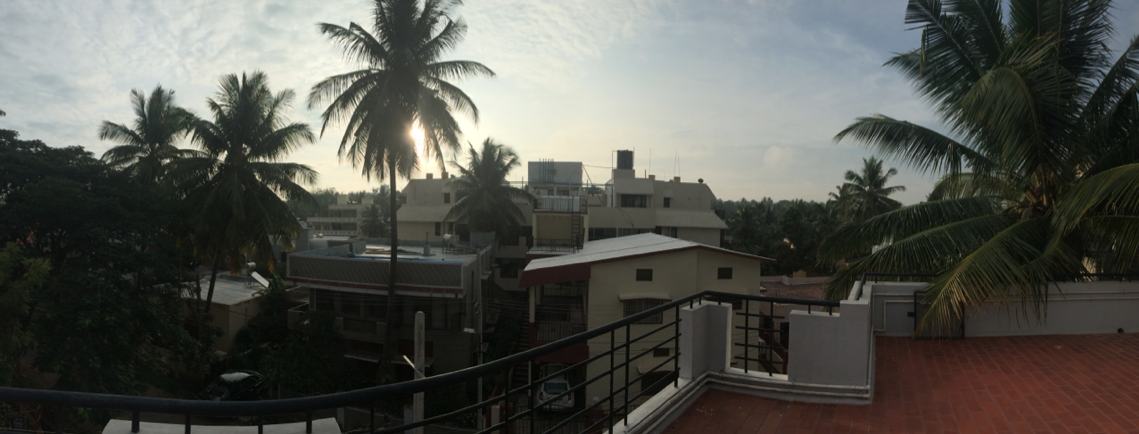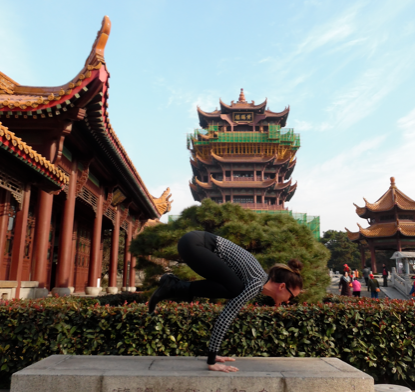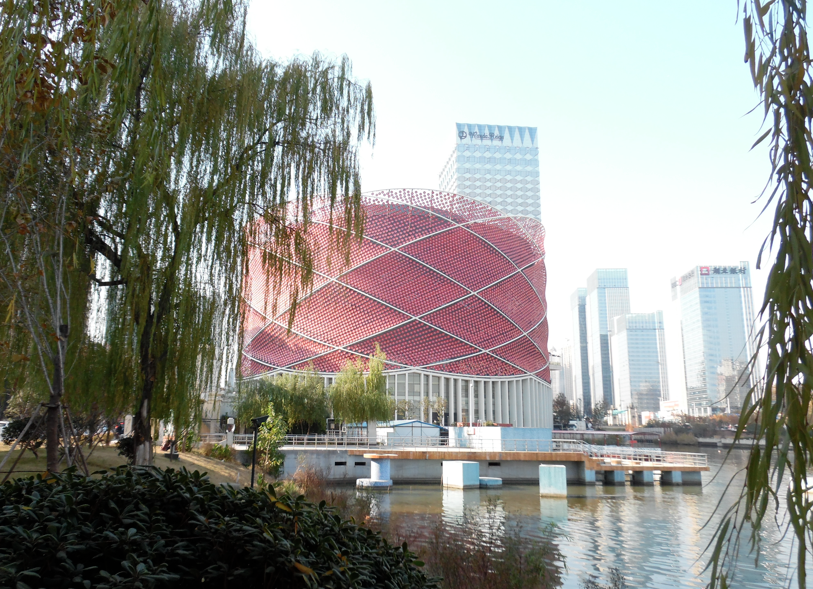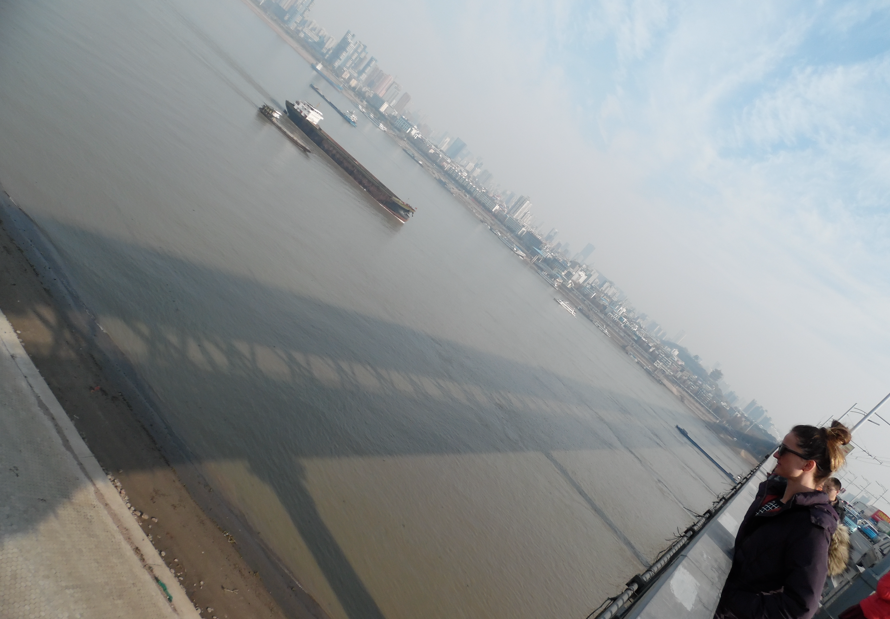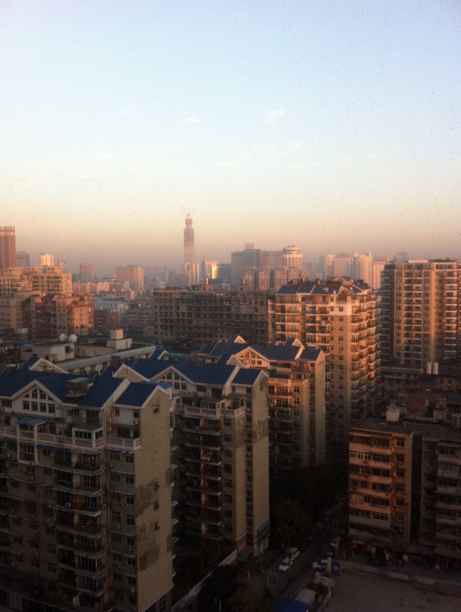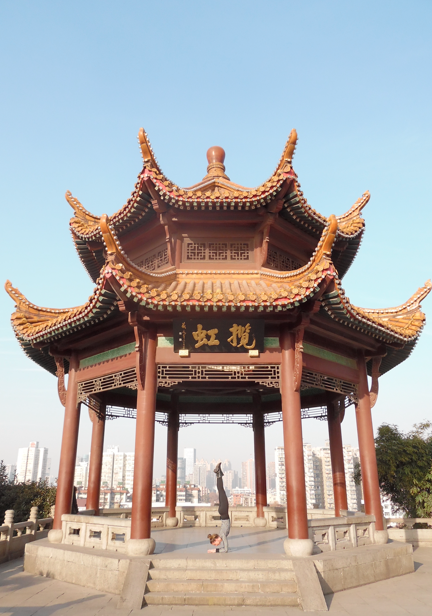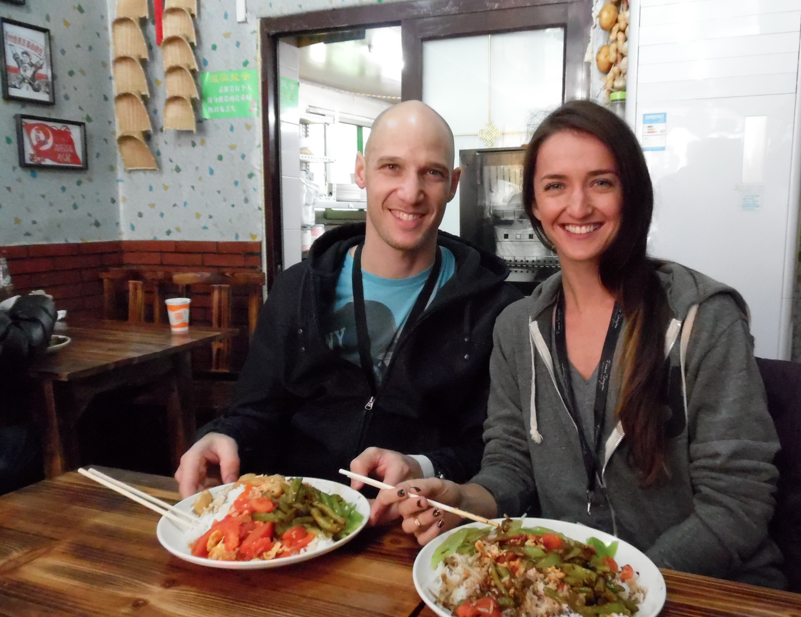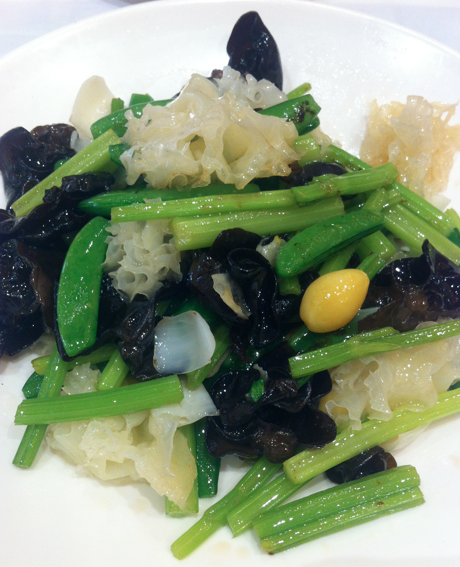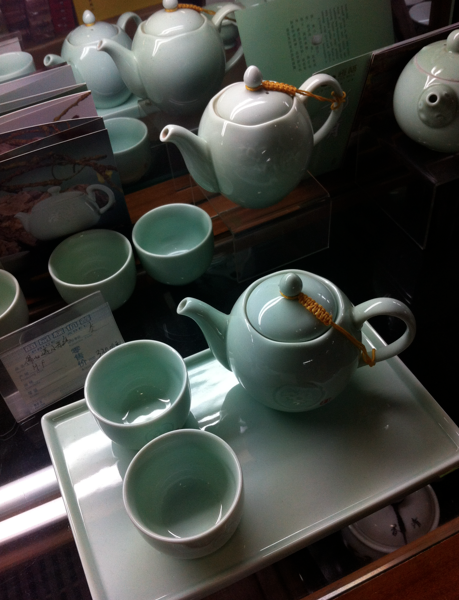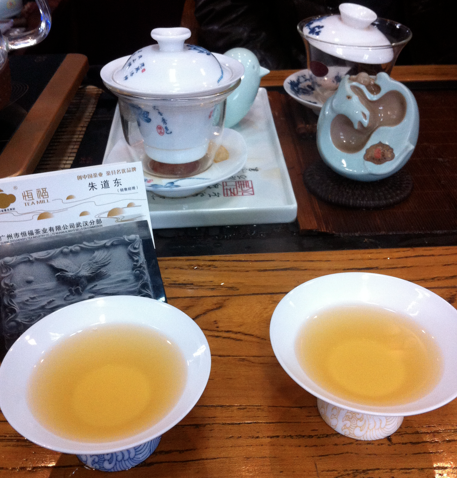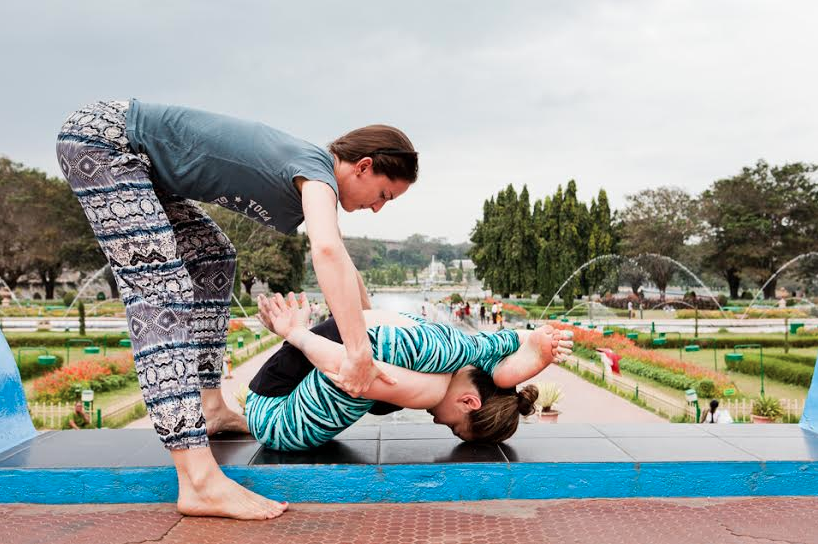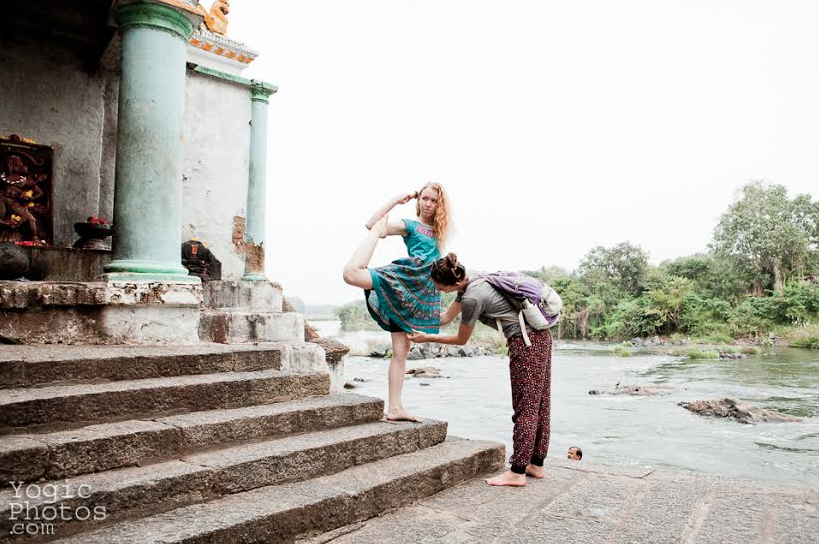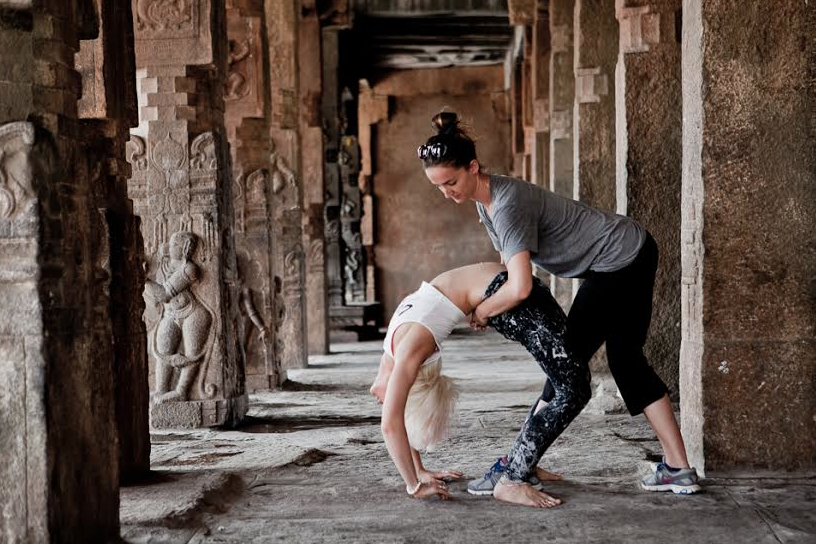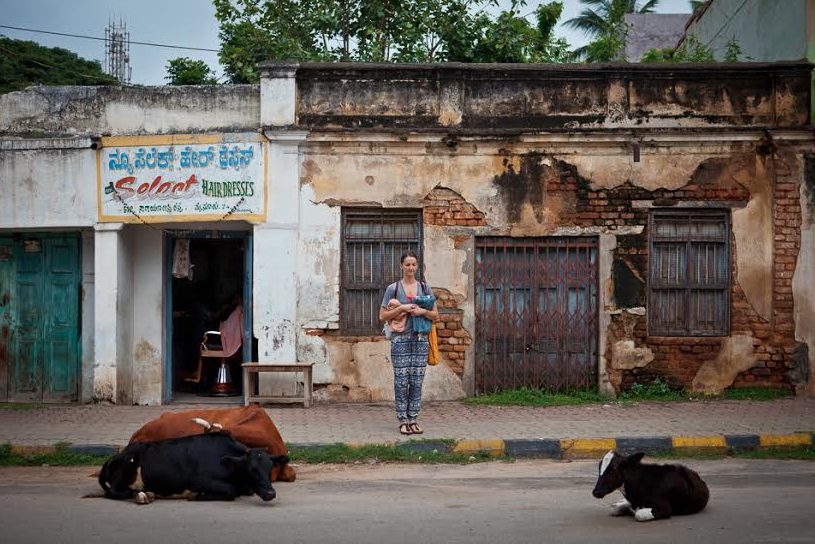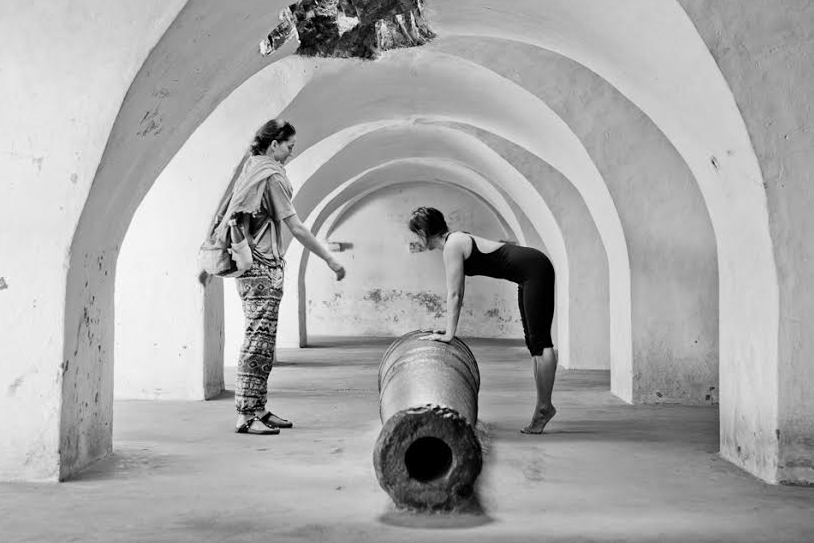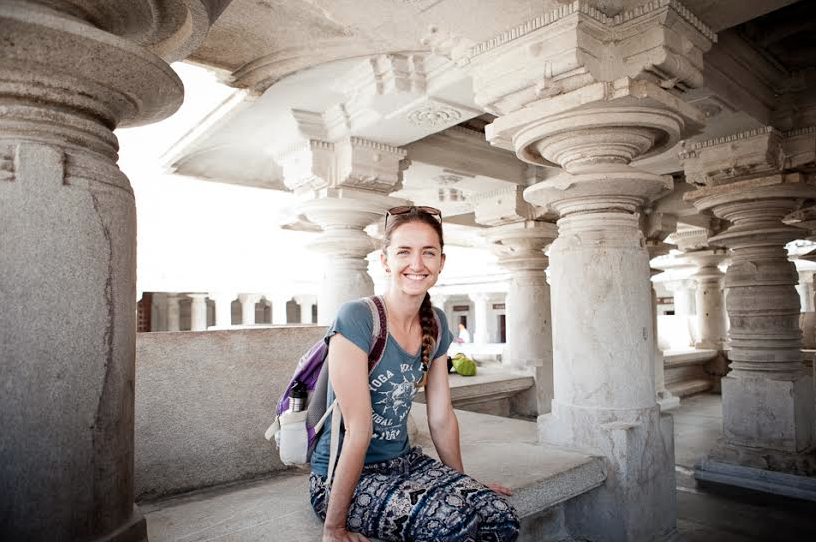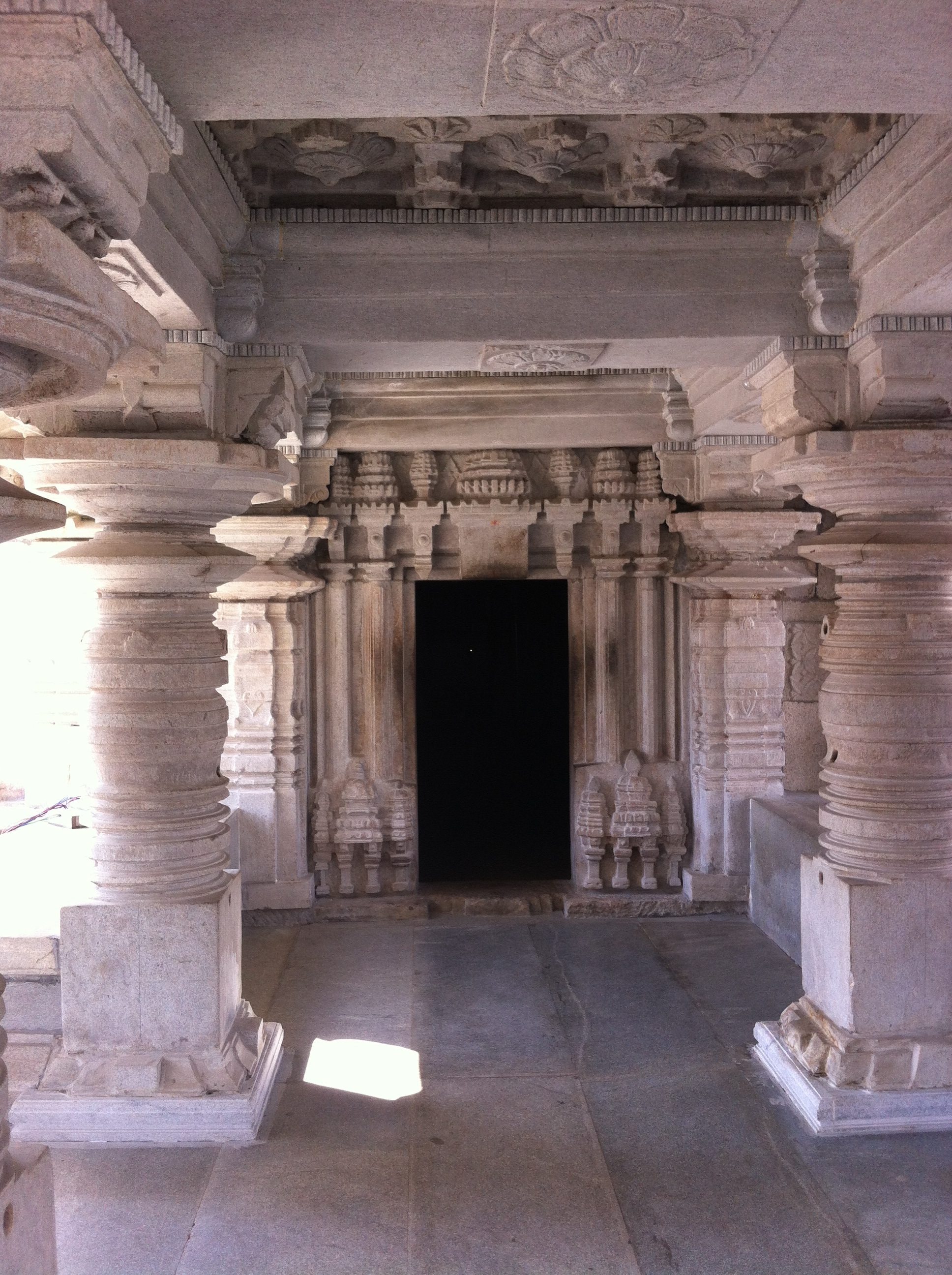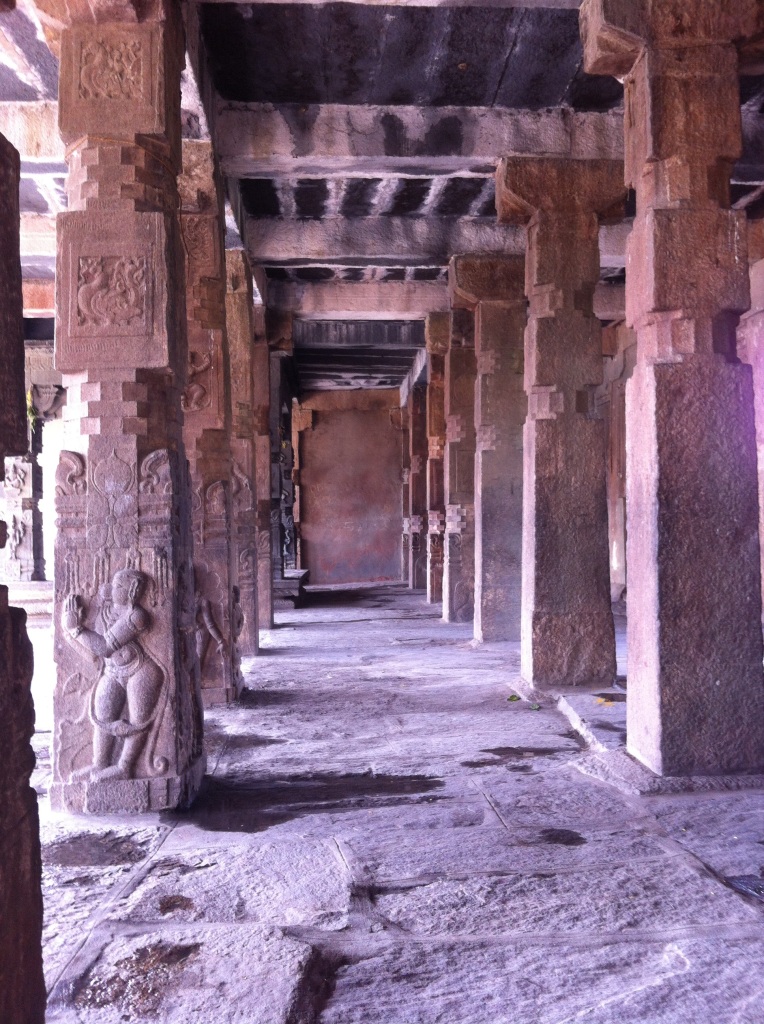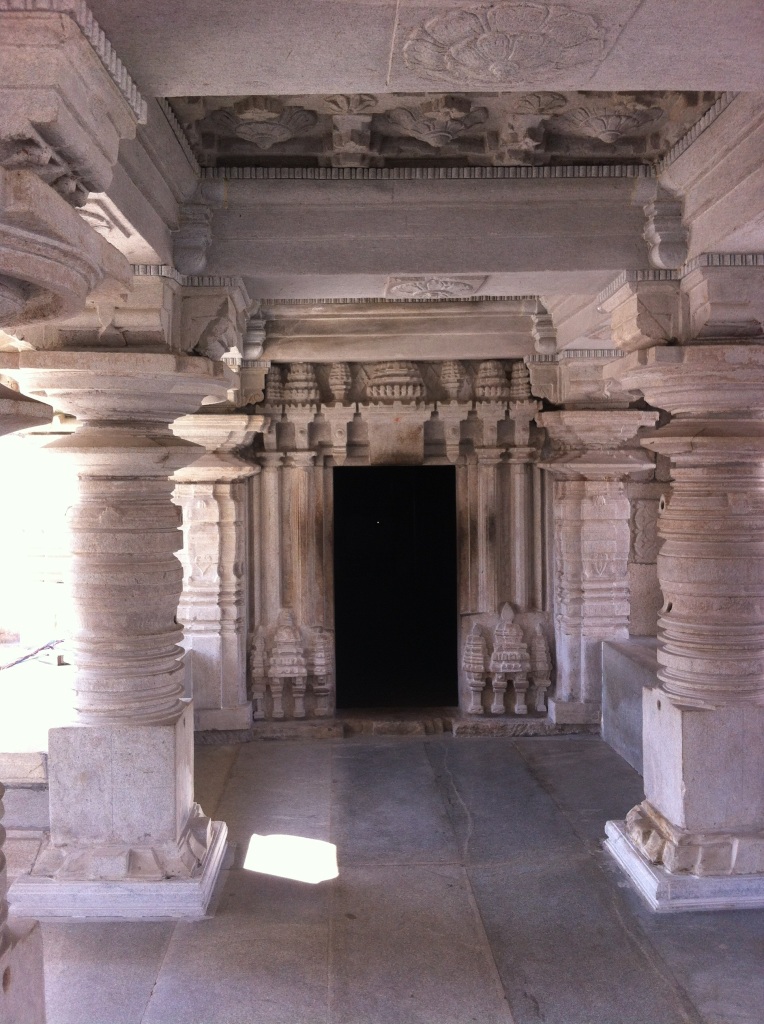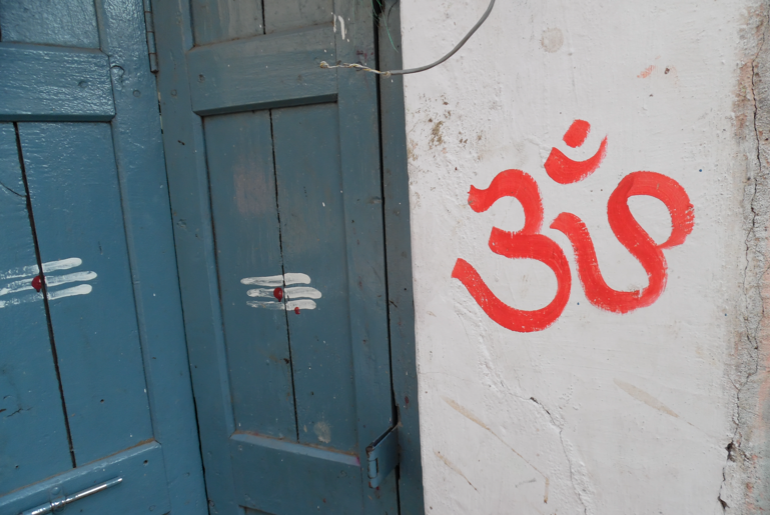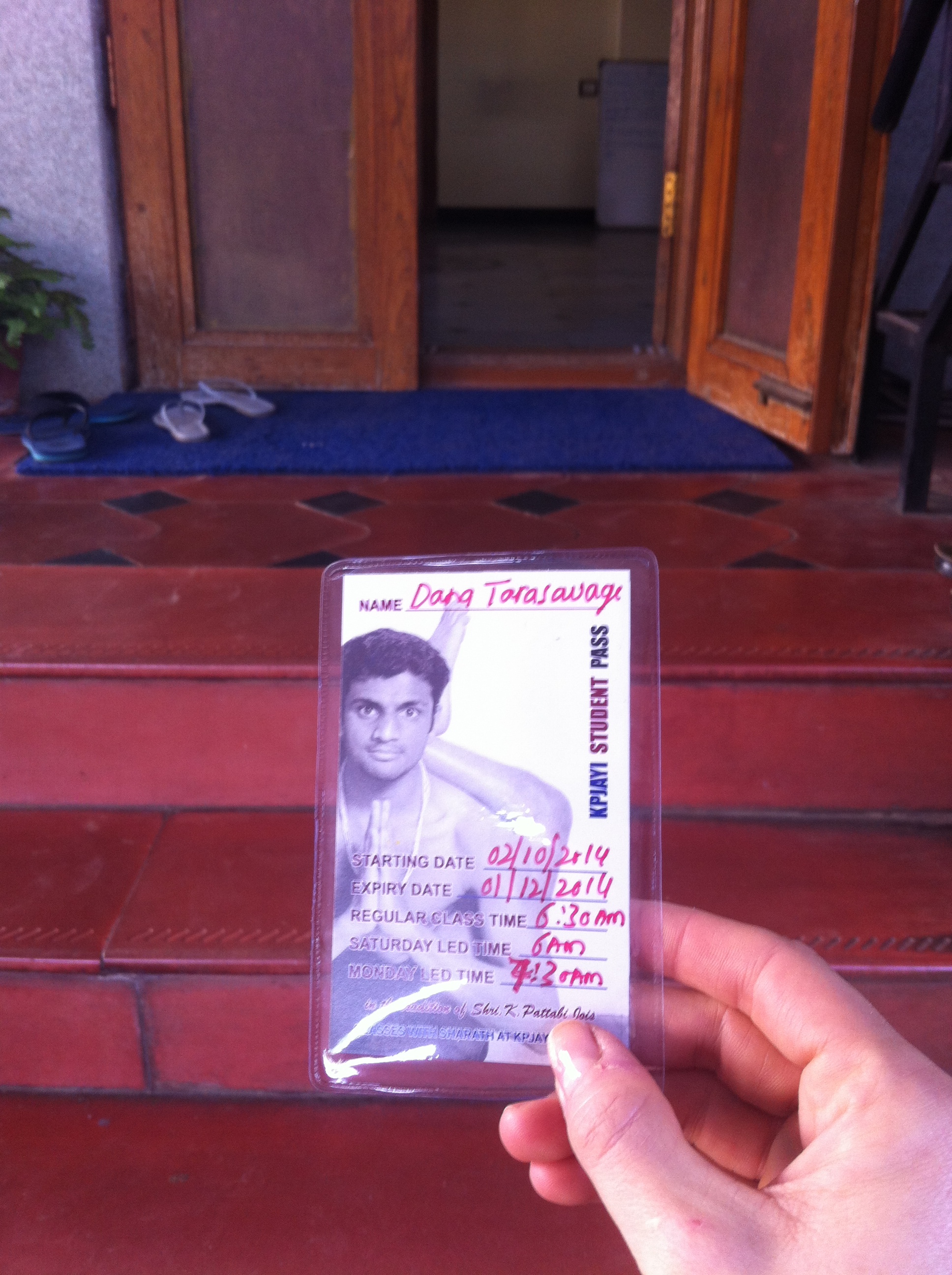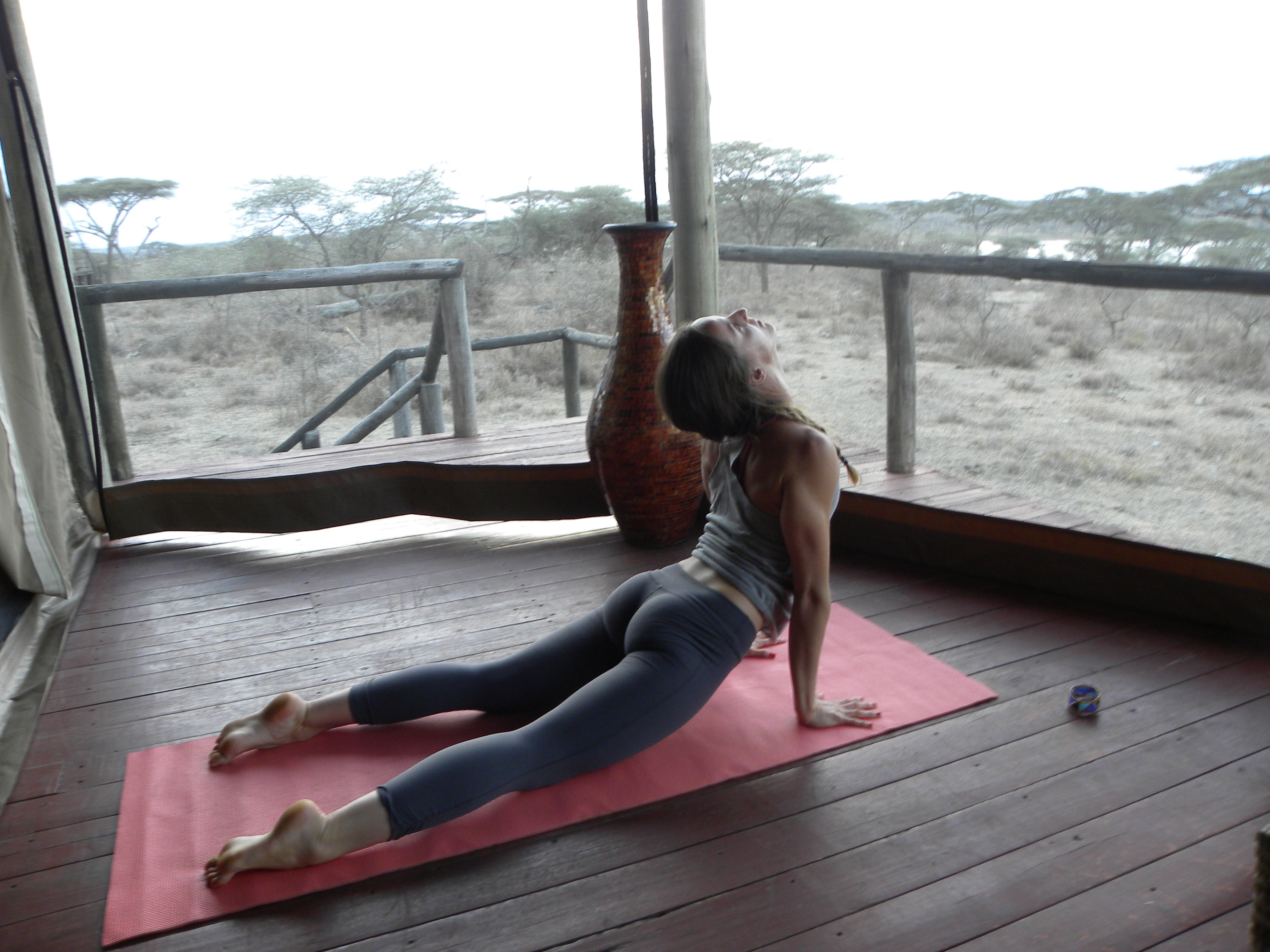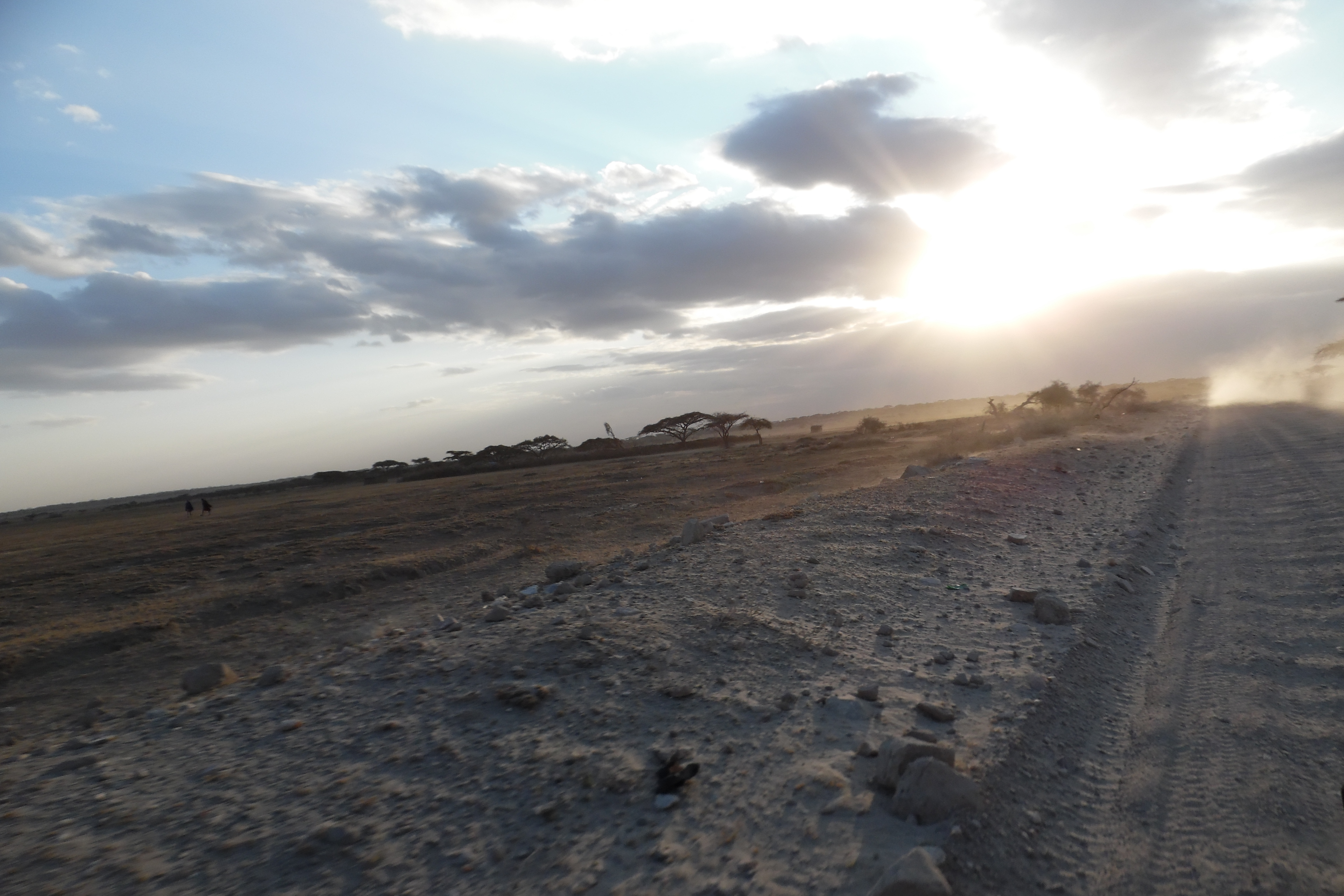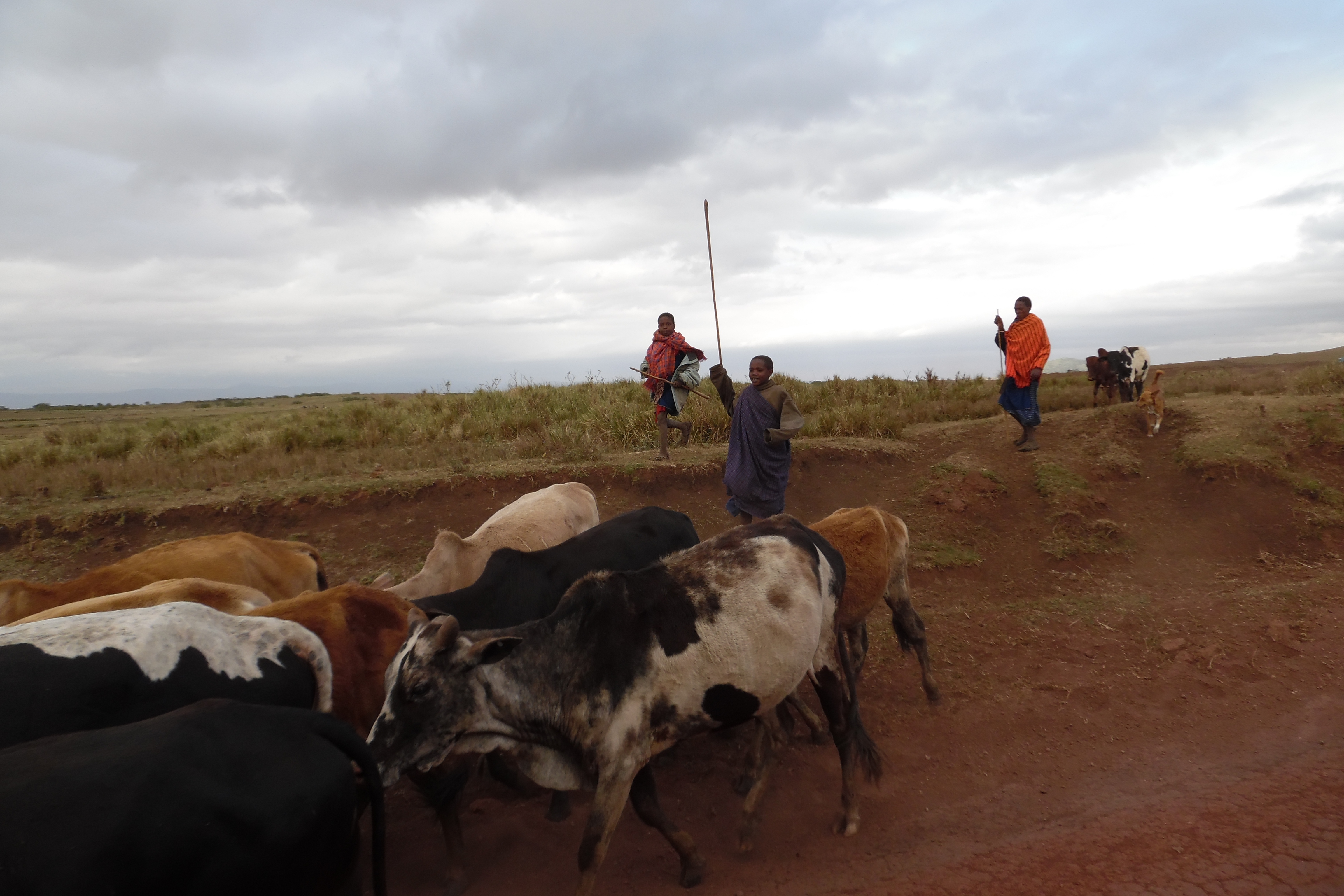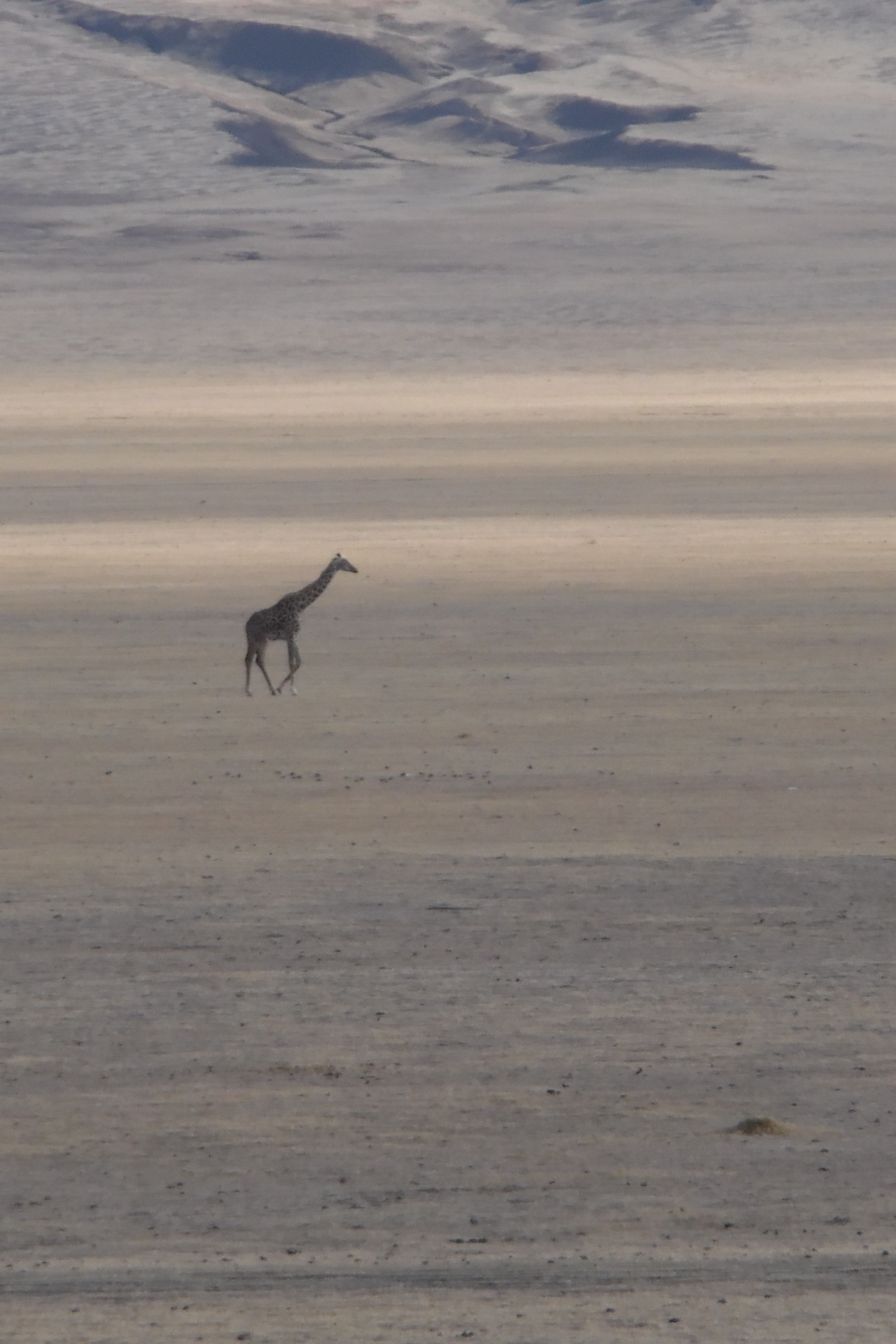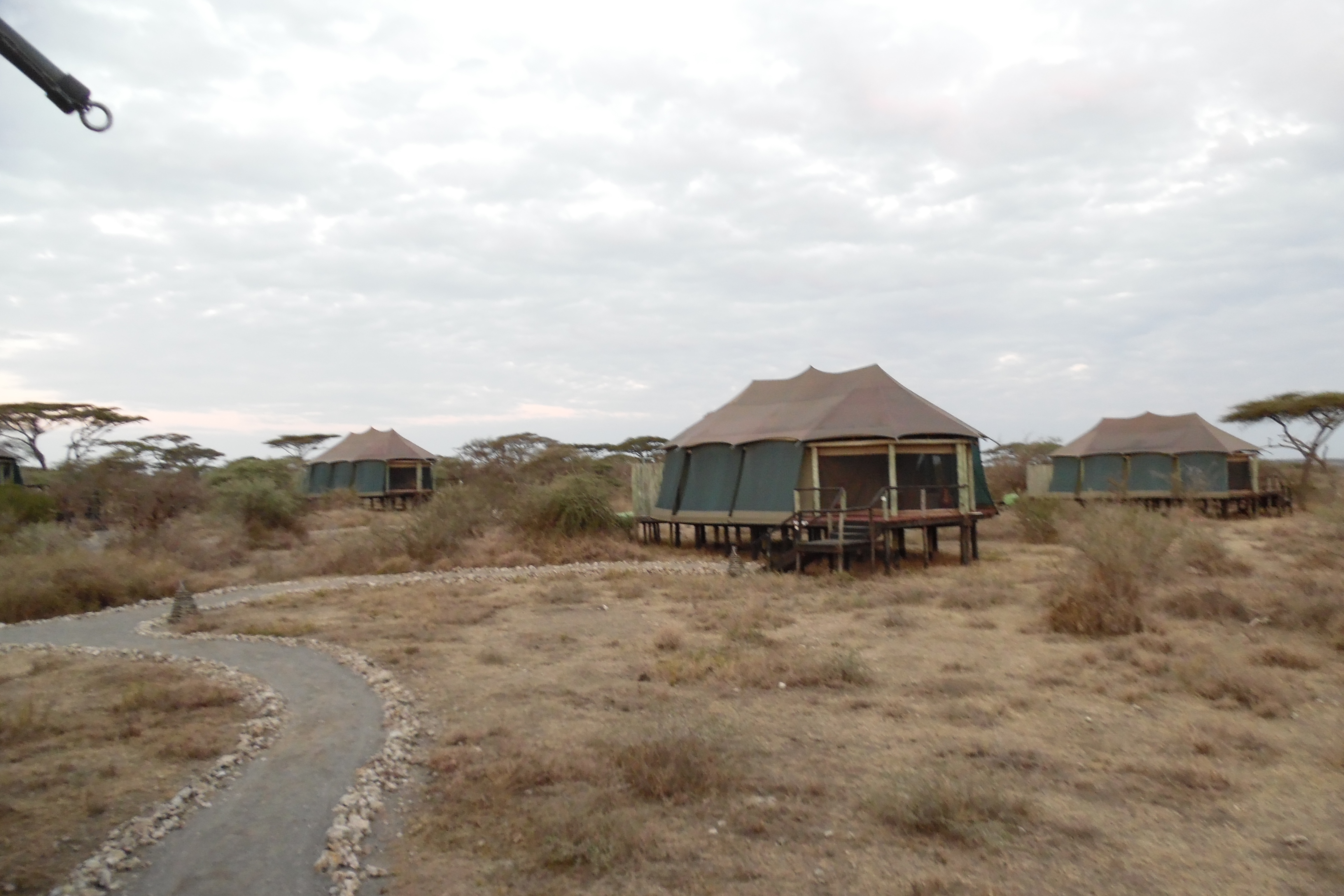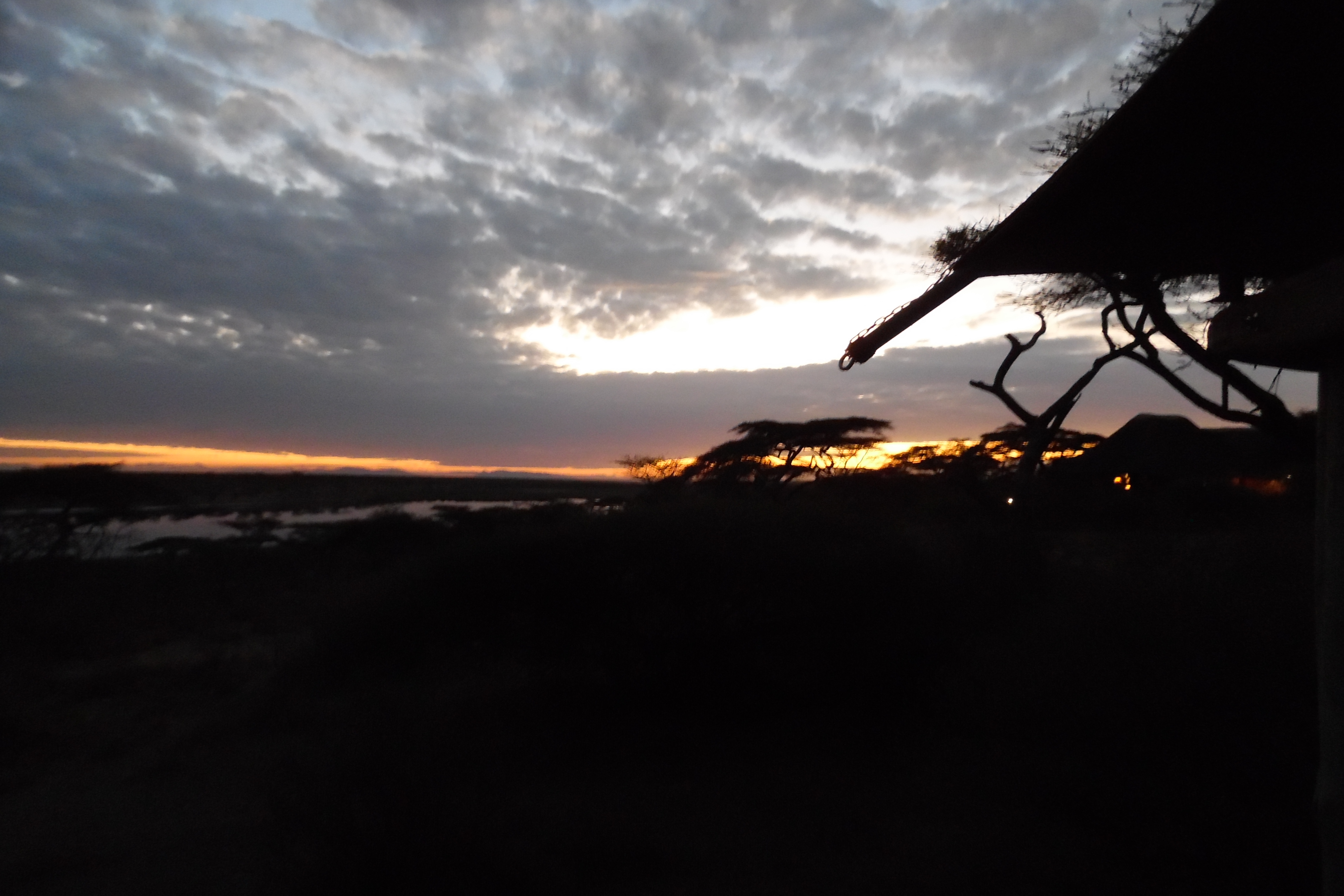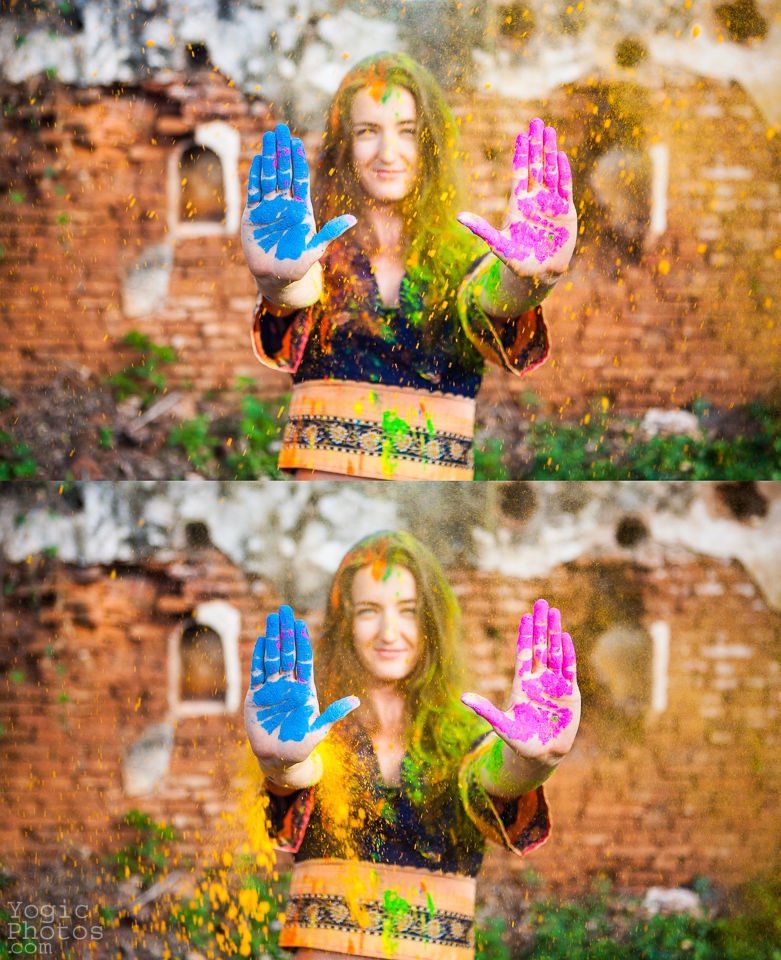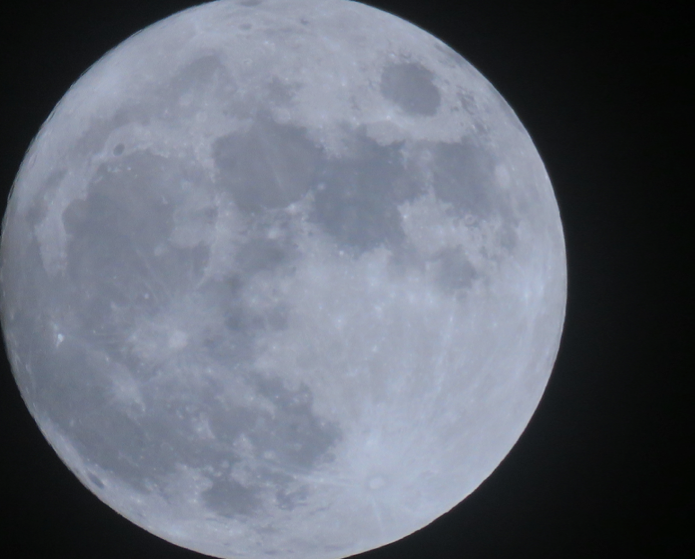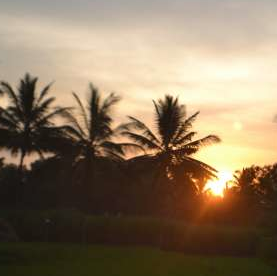**The original version of this post appeared on Land Yoga’s Blog in July, 2018.
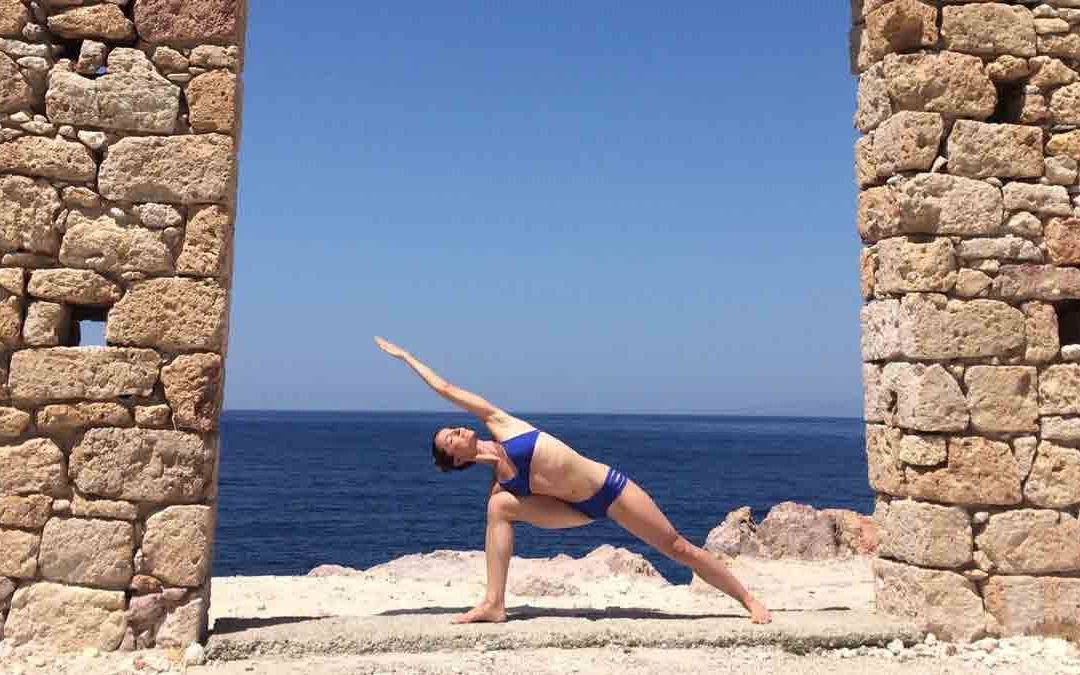
Summer is in full swing, and chances are if you haven’t already been on a boat, train, plane or in a car, you will be in the coming weeks. Vacations are a wonderful privilege; a great time to unwind from the ordinary, spend time with loved ones or even explore far-away places. But what about your yoga practice? Carefully cultivated throughout the year only to be lost while you’re out of town for a few weeks?
I’ve just returned to my regular NYC routine after five wonderful weeks out of town in Israel (for the Israeli version of our wedding and a family trip), Greece and Italy (for our honeymoon). Taking my practice on the road isn’t always easy, but it’s always worth it. I find the benefits of peace of mind and a healthy body far outweigh the hassle of finding time to unroll my mat while on vacation.
Here are my top tips for keeping the prana flowing while out of town.
- Keep the tradition (yet stay flexible!)
Mysore-style Ashtanga Yoga is a wonderful tradition ready-made for travel. Since we spend time in class slowly learning, internalizing and memorizing the sequence, we’re not dependent on a teacher’s counts or instructions. This means that with a little dedication, you can keep practicing almost exactly as you would while at home. If you’re new to the method and have any questions or uncertainties, talk to your teacher before you leave for advice on what exactly to do. Similarly, if you’ve recently started learning a more complex or intense posture, ask your teacher how you should approach it while away.Traditionally Ashtanga yoga is practiced in the early morning, under the guidance of a teacher, six days a week, taking one rest day (usually Saturday or Sunday) and the new and full moon off. This is an ideal guideline, however, I advise that when you’re out of your regular routine on vacation, that you remain flexible! Don’t beat yourself up if you miss a day (or a few days!) or shorten your practice* to fit the available time between beach trips, or even switch around your rest day to fit activities or outings better. The important thing is that you keep some kind of consistency, even if it’s slightly different than you might keep at home.
On my recent trip, I practiced six days a week, but it wasn’t always at the same time of day, nor did I push myself to make it through my entire practice each day. Instead, I flowed with the plans of the people I was visiting; fitting in my sadhana before breakfast or while everyone else was taking an afternoon nap. On those days I found it hard to stay motivated, I turned my thoughts back to my teacher, Sharath, in Mysore, and to my students at home in New York. Re-focusing on my teacher’s encouraging voice and my community always helps me keep my dristi. - Make practice a priority (but be realistic!)
Plan ahead. Take a look at what you have on your travel itinerary and make sure you carve out some time for practice. But be realistic…If you have an early morning trans-Atlantic flight which requires you to be at the airport two hours ahead of time, plus a layover and possible jet-lag, seriously consider if it’s realistic to be up extra early for practice! Maybe it is – but my point is not to set up unrealistic expectations for yourself and feel like you’re letting yourself down when you fail to meet them.
Tell the friends and family you are vacationing with about your dedication to your yoga practice. If others know, they’ll be more supportive of helping you fit it into the routine, and more likely to understand when you turn in an hour early, maybe skipping that extra helping of gelato. Consider inviting loved ones to join in with your practice if they’ve done yoga before (or even inviting them to do a different physical activity or meditation while you’re on your mat). Sharing your healthy habits might be the inspiration someone else needs to make a positive change. I was lucky enough to practice with both my mom one morning and my dad another while on our family trip around Israel after our wedding. Both have done yoga before and were happy to practice alongside me for a short time while I completed my longer practice. My husband also has an Ashtanga practice, and we made it a priority to practice together on our second wedding morning in Israel, and several other times throughout our honeymoon in Greece and Italy. - Visit Yoga Shalas and Studios (make it a part of the vacation!)
One of my favorite things about visiting a new city is dropping into a local Yoga Shala. Visit kpjayi.org for a list of authorized and certified teachers around the world, and do a quick google search of the area you’ll be visiting to see if there are any studios offering Ashtanga classes. It’s always a good idea to email the studio in advance to ask if they allow Mysore drop-ins for visiting students and to inquire about any special policies. At Land Yoga, we’ve had traveling students from Japan, Brazil, Denmark, England and all over the U.S. just to name a few!
Taking a class at a studio is a great way to meet locals and get off the beaten tourist path, plus it offers a chance to reconnect with the group dynamic.
During my recent trip, I took a class at Ashtanga Yoga Tel Aviv where I’ve practiced and taught before. It already feels like a yoga home away from home in Israel! I even took a class at a small, new outdoor yoga studio on Milos, the Greek island we were vacationing on. Yoga Journey Milos offered a great outdoor yoga experience on a secluded beach overlooking the sunset. Back in Athens, we dropped into Mysore class at Ashtanga Yoga Athens 2002. I loved waking up early before a day of sightseeing in Athens and navigating through the sleepy streets to practice. My hotel’s front desk was happy to offer advice about the best route to walk and where to grab a coffee. I’d emailed the studio in advance, and the teacher was happy to welcome me in, where – although thousands of miles from New York – I felt right at home among the ujjayi breathing and the smells of Mysore Sandalwood incense.
One last word of advice: get a good travel yoga mat. At Land Yoga we sell the Manduka eKO SuperLite mat which folds flat like a thin towel, making it perfect to pack in a suitcase. I use my thicker Manduka Pro mat, even for travel, and have invested in a backpack with buckles that allow it to be strapped and carried right on the plane! Happy travels, yogis!
* A note on shortening your practice: I advise asking your teacher personally about this, but in general, if you’re short on time don’t rush or skip postures. Instead begin your practice as normal, taking the correct number of sun salutations and breaths in each posture. Do the series you’ve learned in order, and when you only have 10 – 15 minutes left begin the finishing series. Depending on the time you may choose to complete the entire finishing sequence or move directly to the final three finishing poses. Always make time for rest at the end.
